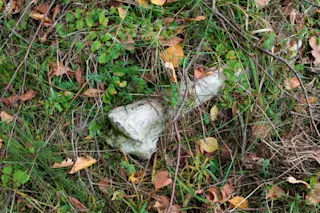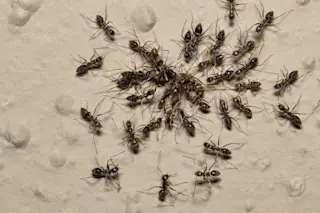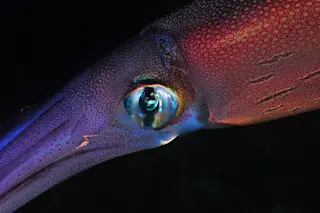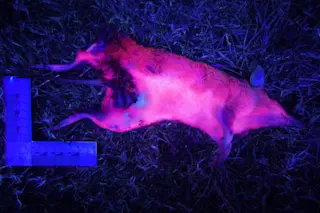Fleas are remarkable jumpers: They can travel 200 times their own body length in a single leap, and can withstand acceleration forces of 100 Gs. But exactly how do they make such incredible jumps? Although we've known for decades that fleas store energy in a springy protein called resilin before they launch into the air, it's remained a mystery whether they use the flea-equivalent of feet (called tarsi) or knees (called trochantera) to transmit that energy to the ground. But with 21st-century high-speed cameras, researchers have now put the debate to rest: the answer is in the feet. Now, the first task in experimenting with fleas is to find fleas. Luckily, the warmhearted individuals at England's St. Tiggywinkles Wildlife Hospital Trust have flea-ridden hedgehogs just waiting to lose a few bugs--and so that wonderfully named hospital donated a few fleas to a good cause. The study, published in the Journal ...
The Secret of the Flea’s Famous Jump
Discover the fascinating flea jump mechanics that allow them to leap 200 times their length using specialized feet for traction.
More on Discover
Stay Curious
SubscribeTo The Magazine
Save up to 40% off the cover price when you subscribe to Discover magazine.
Subscribe












